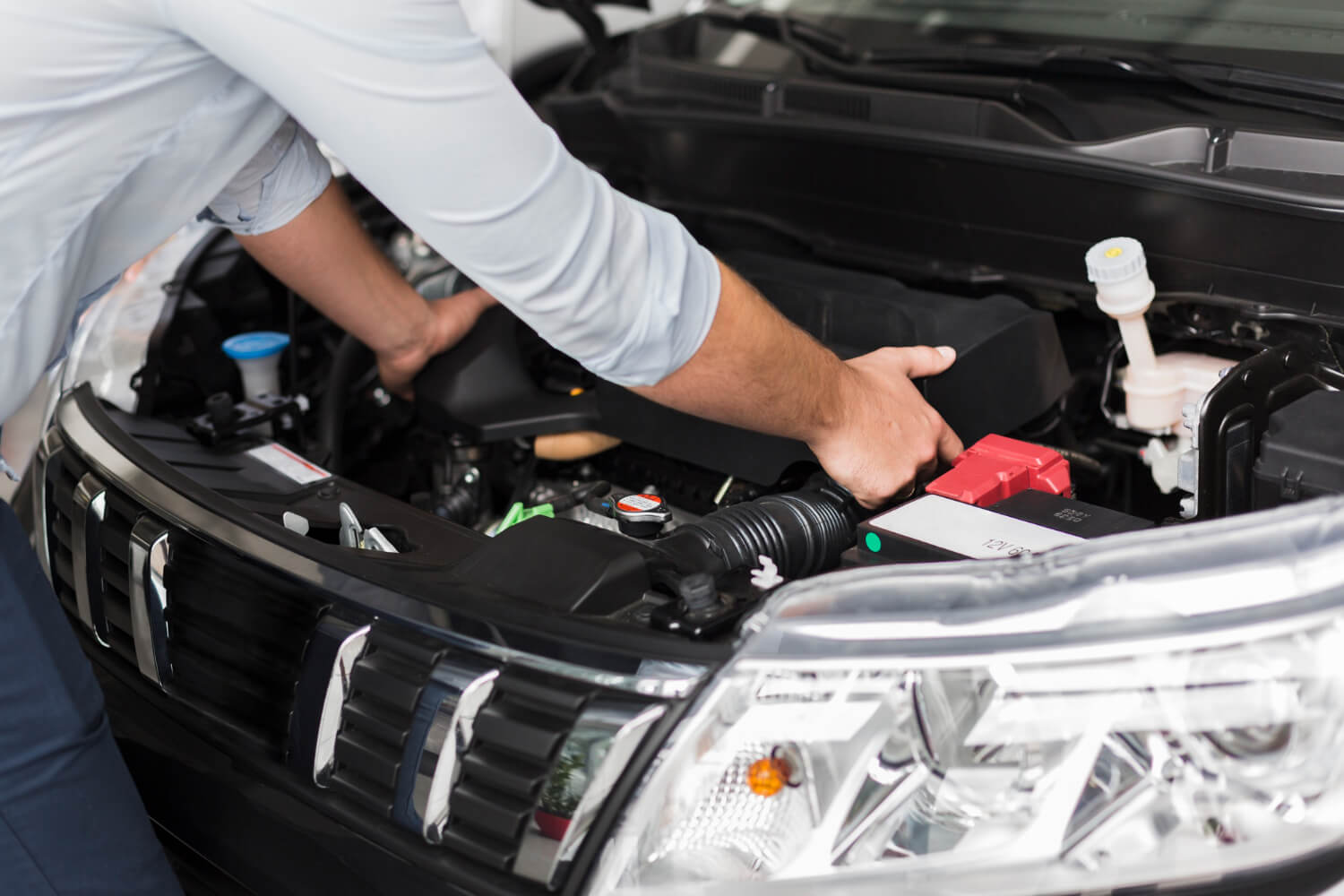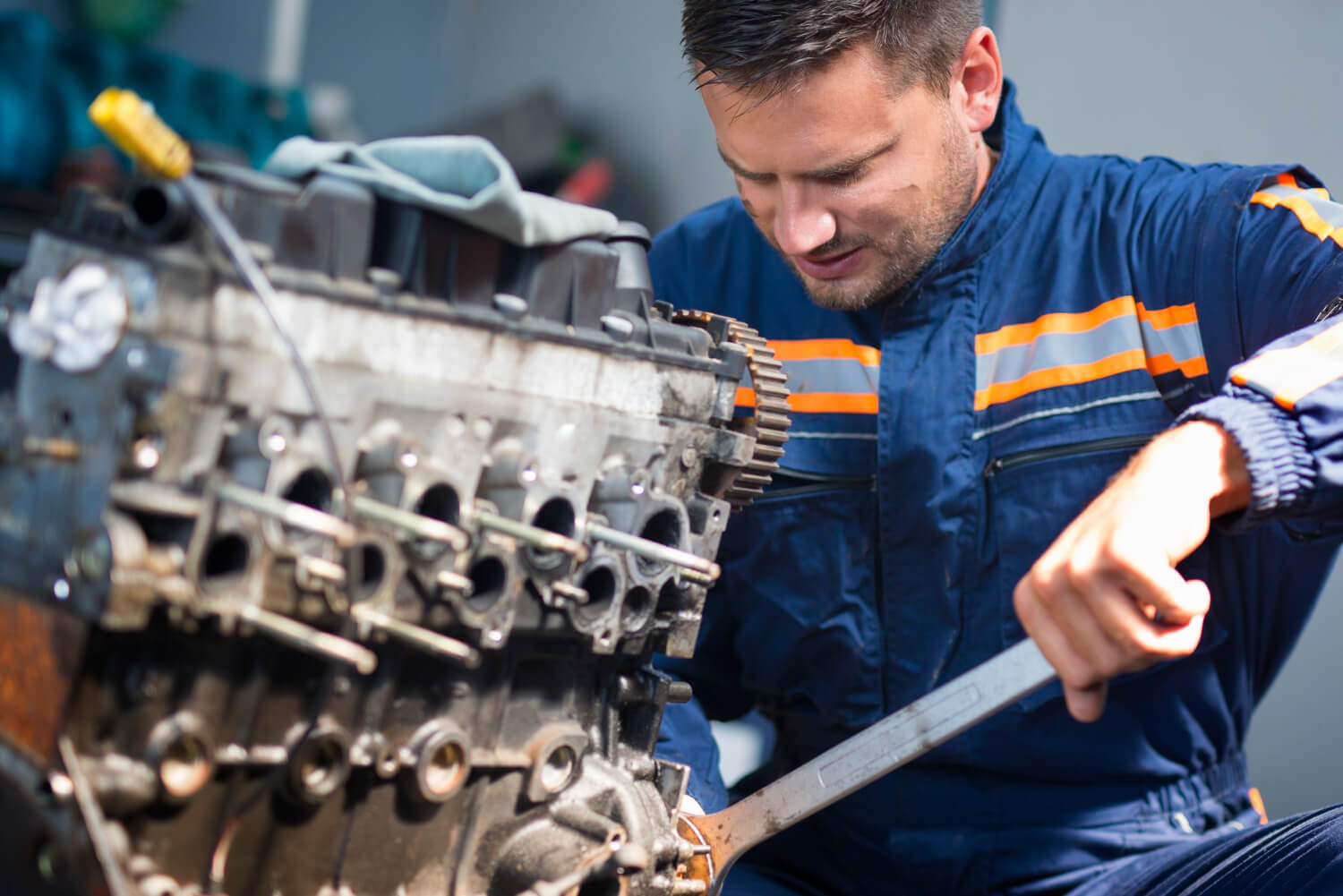In recent years, sustainability has become one of the most important themes in the world of technology and business. While much of the spotlight is on artificial intelligence, blockchain, or electric vehicles, less attention is given to practical solutions that are already shaping industries today. One of those solutions is the carbon cleaning machine—a device that might look niche at first glance, but actually plays a vital role in efficiency, cost savings, and reducing environmental damage.
By exploring how carbon cleaning machines work, and how they fit into the broader context of technological advancement, we can better understand how small-scale innovations contribute to a more sustainable global economy.
The Technology Behind Carbon Cleaning
Over time, internal combustion engines accumulate carbon deposits. These deposits reduce efficiency, increase fuel consumption, and shorten the lifespan of vehicles. Traditionally, cleaning engines involved the use of harsh chemicals or costly mechanical interventions.
Modern carbon cleaning machines, however, use advanced hydrogen-based technology to remove carbon deposits in a safer and cleaner way. By producing hydrogen and oxygen gases (HHO), these machines send a controlled stream into the engine, effectively breaking down carbon build-up without dismantling the engine or releasing harmful byproducts.
This is a prime example of applied technology—a solution that combines chemistry, engineering, and sustainability into a single process that benefits both businesses and individuals.
Why It Matters in the Bigger Tech Landscape
When people think about innovation, they often imagine futuristic AI models or robotics. Yet, technologies like the carbon cleaning machine are equally transformative, because they optimize existing systems instead of reinventing them.
The world is still decades away from fully replacing combustion engines with electric vehicles. In the meantime, carbon cleaning provides a transitional technology that makes current systems more efficient, reducing emissions and operating costs.
From a tech perspective, this demonstrates a critical principle: not all innovation is disruptive; some innovation is adaptive. Carbon cleaning technology adapts to the current market reality while supporting global sustainability goals.
Business Benefits and Industrial Applications
For companies that manage fleets—logistics, transportation services, municipal buses, or even ride-sharing platforms—carbon cleaning machines represent a strategic investment. The benefits include:
- Lower Fuel Costs – Cleaner engines run more efficiently, requiring less fuel.
- Extended Engine Life – By reducing carbon deposits, companies delay costly repairs and replacements.
- Regulatory Compliance – With governments worldwide tightening emission regulations, adopting green technologies ensures compliance.
- Sustainability Reputation – Companies gain recognition for adopting eco-friendly technologies, appealing to both consumers and investors.
This shows how a relatively simple technology can have large-scale implications for industries looking to cut costs and demonstrate responsibility.

Carbon Cleaning Machines and the Tech Sector
While the technology is primarily mechanical, the integration of smart sensors, automation, and digital monitoring is pushing carbon cleaning machines into the broader tech category.
Newer models often feature:
-
Real-time data monitoring to track engine performance improvements.
-
Automated systems that minimize human intervention.
-
IoT connectivity for fleet managers to monitor multiple vehicles remotely.
These enhancements align carbon cleaning machines with the broader trend of Industry 4.0, where traditional machines merge with data-driven insights to deliver better results.
Environmental and Social Impact
The environmental impact of adopting carbon cleaning technologies is significant. Reduced fuel consumption means fewer greenhouse gas emissions. Cleaner engines also emit fewer harmful particles, improving urban air quality.
From a social responsibility standpoint, businesses that adopt such solutions contribute directly to sustainability targets. This aligns with the growing demand from stakeholders—consumers, governments, and investors—who expect organizations to act responsibly toward the environment.

Career Opportunities and Entrepreneurship
The rise of carbon cleaning machines has also created new opportunities for professionals and entrepreneurs. Automotive workshops, green-tech startups, and service providers can build entire business models around offering eco-friendly cleaning services.
-
Service Providers – Local garages can integrate carbon cleaning into their offerings.
-
Entrepreneurs – Startups can specialize in mobile services, visiting clients on-site.
-
Tech Innovators – Companies can focus on integrating AI and IoT into carbon cleaning machines, enhancing efficiency and predictive maintenance.
For individuals pursuing a career in tech with a sustainability focus, this industry provides a practical entry point with long-term growth potential.
The Transition to a Greener Future
Electric vehicles dominate headlines, but the transition will take decades. During this period, innovations like carbon cleaning machines bridge the gap between today’s fossil fuel dependency and tomorrow’s clean energy future.
This transitional approach is vital. By optimizing existing systems, societies can reduce emissions now rather than waiting for widespread adoption of electric alternatives.

Conclusion
The carbon cleaning machine may not be as glamorous as AI or electric vehicles, but it represents the kind of technology that makes a tangible difference today. It improves efficiency, reduces costs, and aligns with global sustainability goals—all while operating within existing infrastructures.
For businesses, adopting this technology is both an economic and ethical decision. For the tech sector, it is a reminder that innovation doesn’t always mean starting from scratch; sometimes it means improving what we already have. And for society at large, it is a clear demonstration of how small innovations can contribute to solving some of the biggest challenges of our time.
By recognizing the importance of technologies like carbon cleaning machines, we can broaden our understanding of innovation—and embrace the role of adaptive, sustainable solutions in building a better future.


